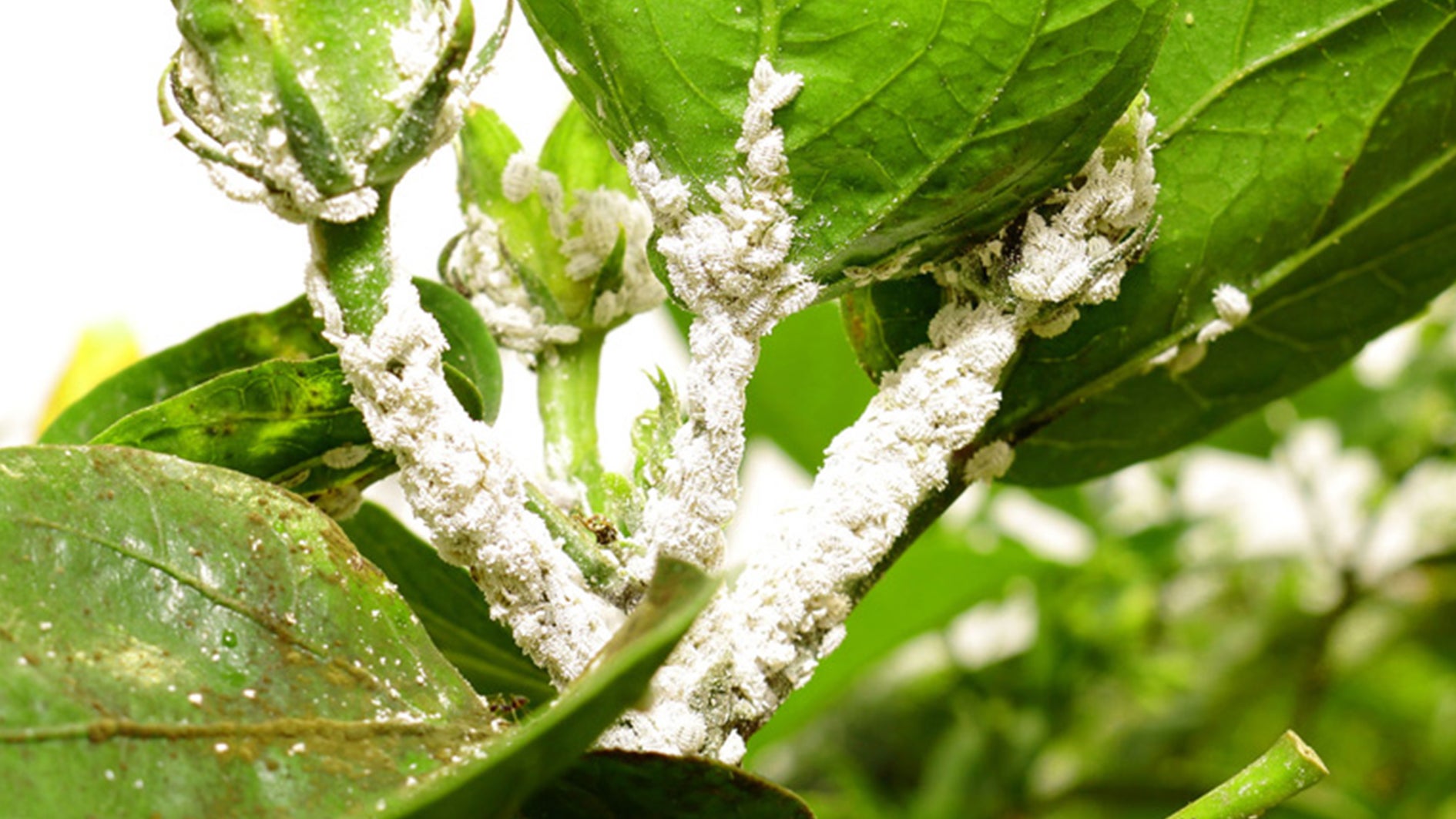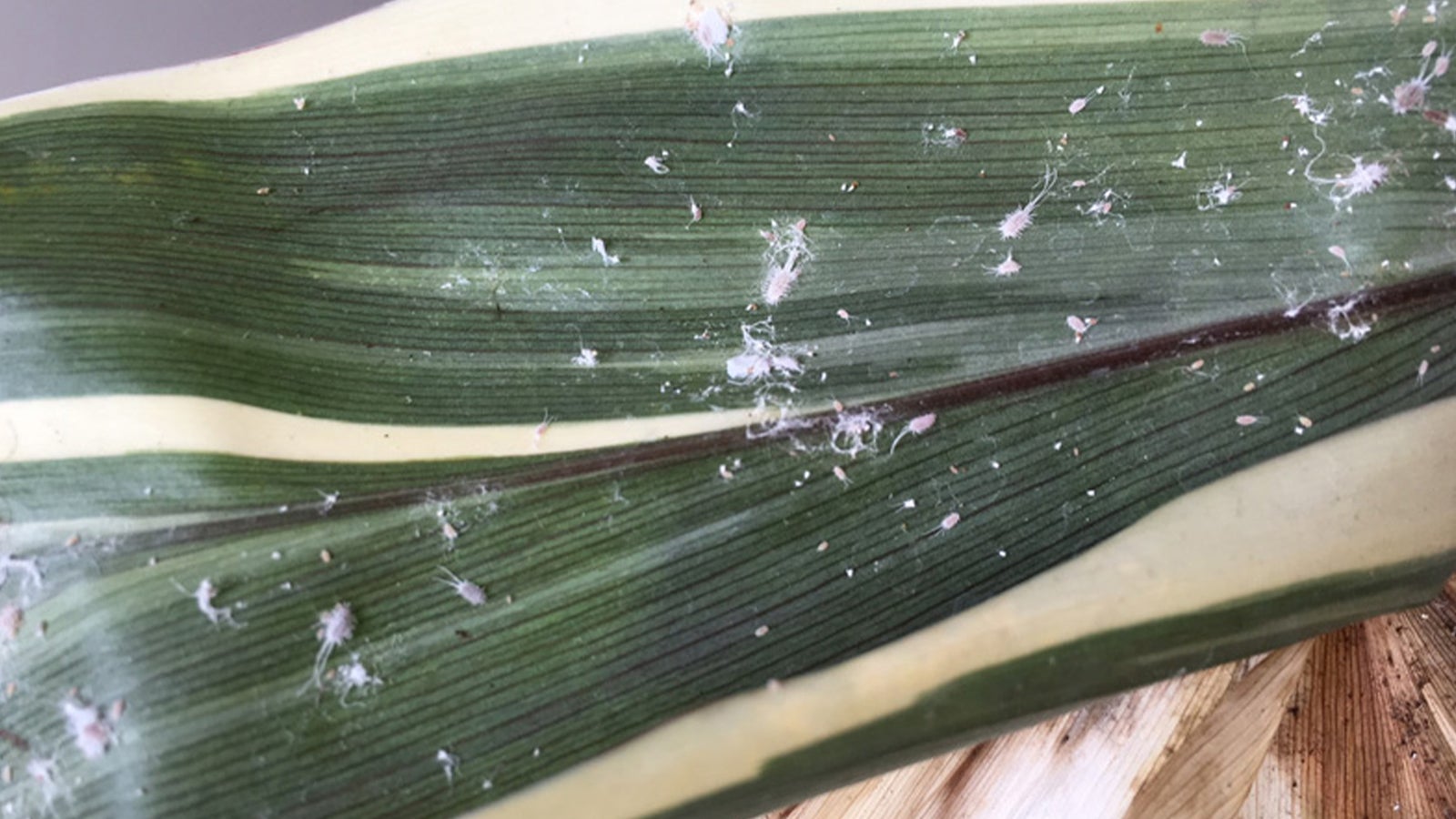
Mealy Bug
08 May, 2021
The females are small sap sucking unarmored scale insects. However unlike most scale insects they often retain legs and the ability to crawl around. The males are smaller, gnat like and can fly around.
The female Mealy bugs are covered by pale or white thread or powder-like coatings, and can often be found feeding from stems or leaves. They will also attack the roots and bulbs of some plants.
When feeding they excrete honeydew, a sweet sticky substance. This sometimes attracts wasps and ants, and also provides a medium for sooty mold to grow on. While feeding they weaken the plant and can spread diseases.
They can be difficult to kill as they often infest the soil and hard to reach places.
Prevention
Mealy Bug like to hide in nooks and crannies and hard to get to places, in hot sheltered areas. Inspect plants regularly, Ants are a good indicator that pests are present. It is much easier to control Mealy Bug in the early stages rather than when the plant is heavily infested.
Mealy Bug can infect weeds in your garden also, so by keeping weed numbers down you will reduce the chance of desirable plants being infected.
Natural predators such as lacewings and ladybirds can help control numbers. To attract beneficial insects into the garden plant flowers such as echinacea, alyssum, borage, lavender, rosemary, and thyme.
Natural Treatment
Mealy Bug are notoriously hard to control due to their waxy coating and the crevices' they hide in. Most insecticides that kill Mealy Bug work by contacting the insect, so good coverage is essential.
Spray with Bugtrol ensuring that you thoroughly coat the back of the leaves and the stems. Avoid using on Palms and ferns.
When using sprays and chemicals always read the label and follow instructions carefully. Spray in the evening to avoid harming beneficial insects.
Other Treatment
Mealy Bug can be difficult to treat. Use the systemic Groventive spray with BioNeem added to the water, on all your ornamental plants, including indoor plants. Do not use on edible plants. Avoid spraying BioNeem on ferns and palms.
When using sprays and chemicals always read the label and follow instructions carefully. Spray in the evening to avoid harming beneficial insects.
